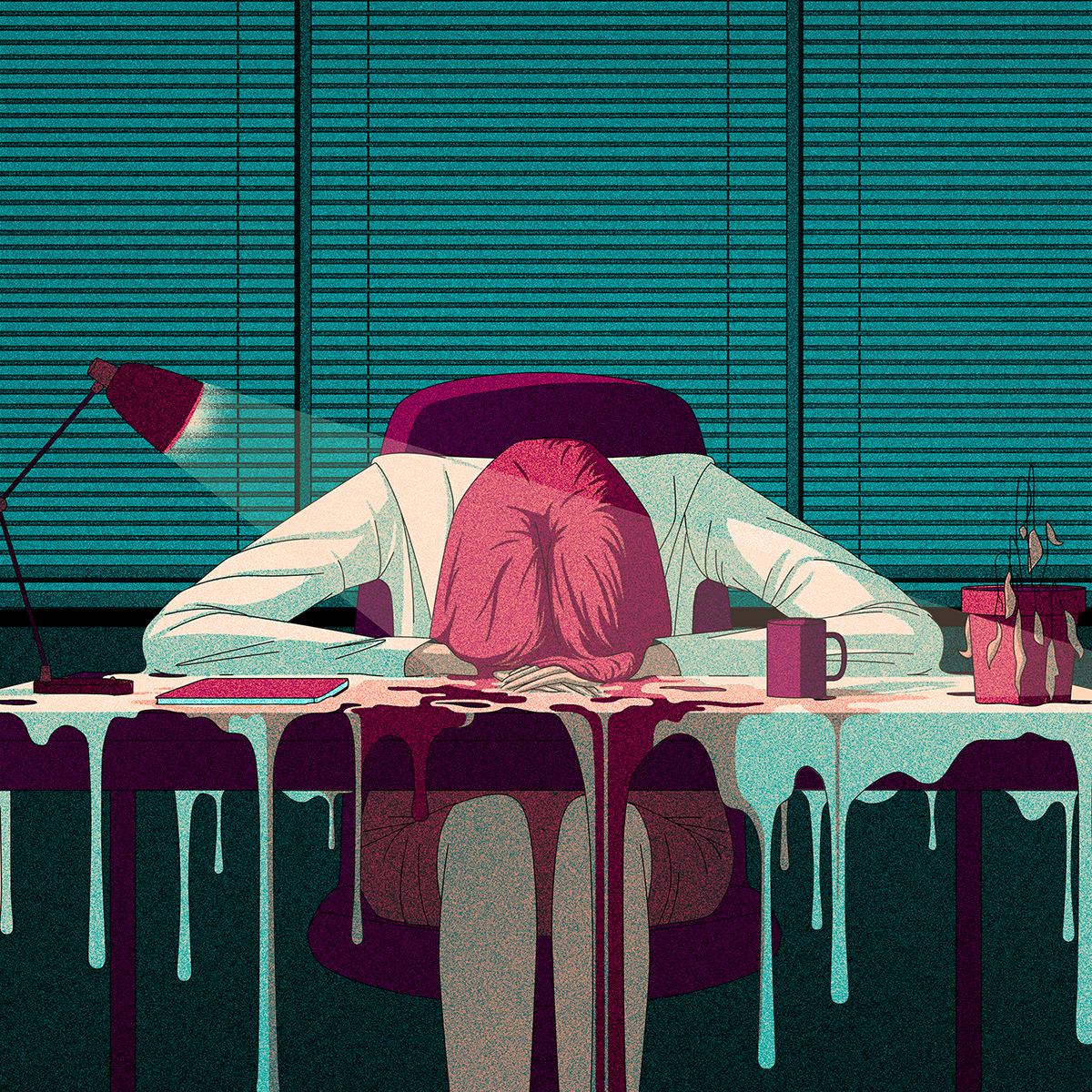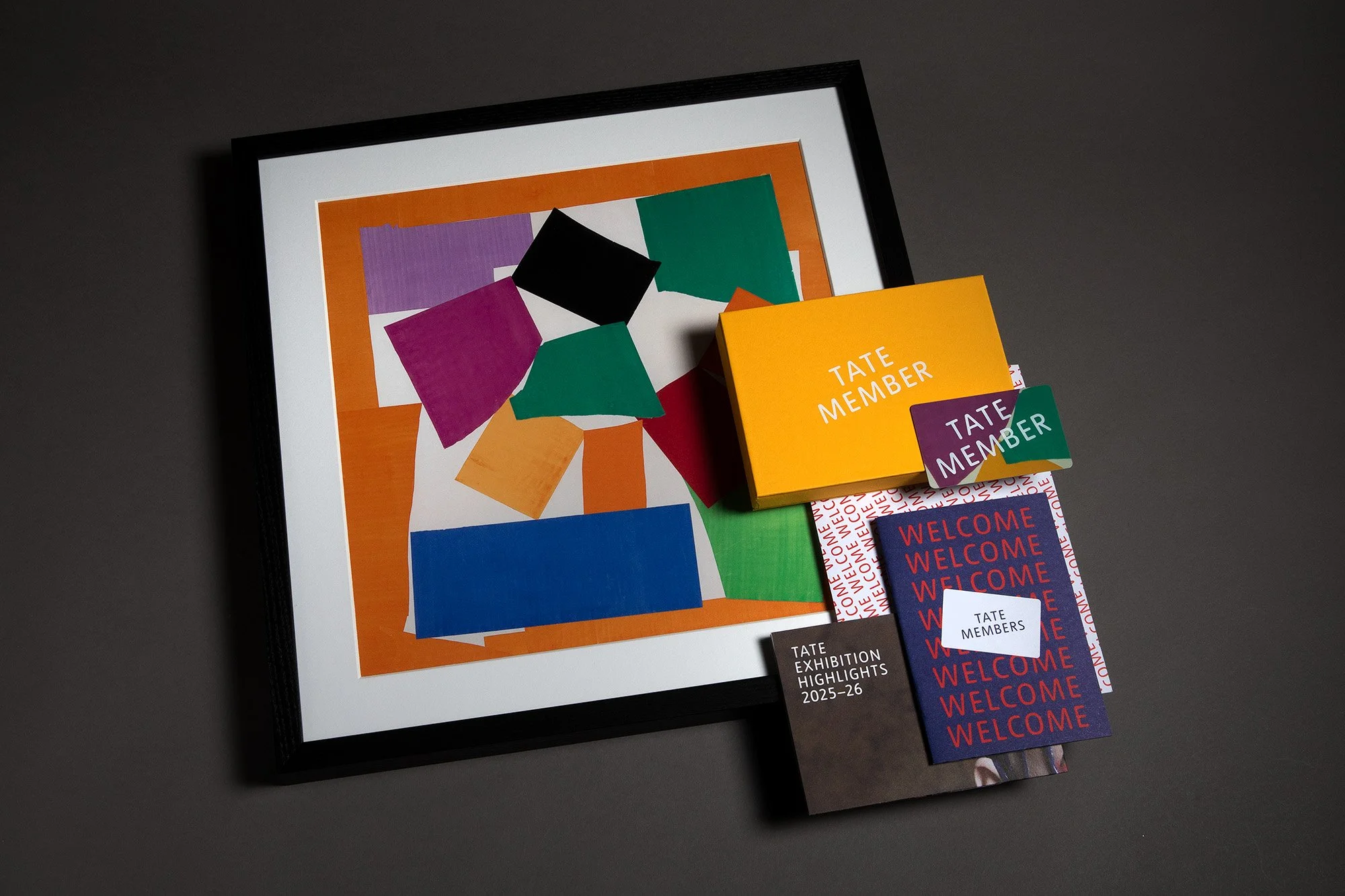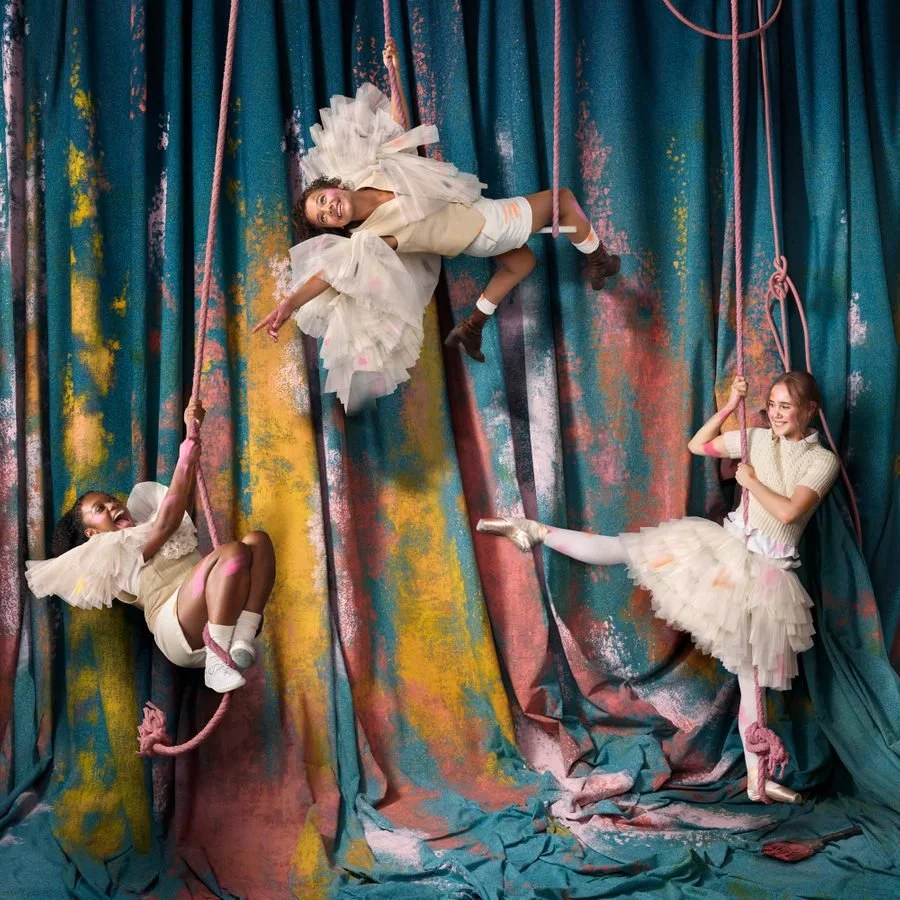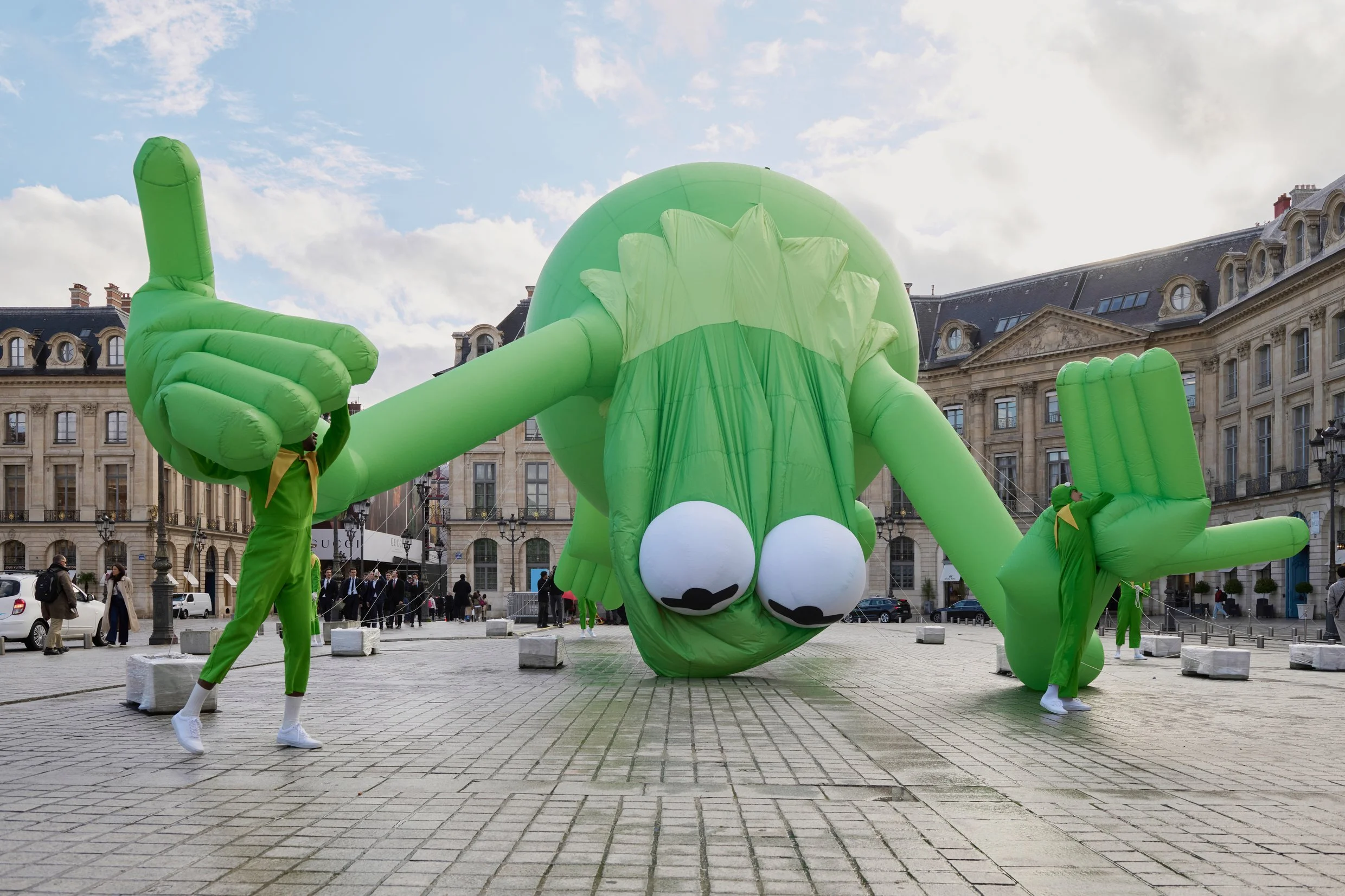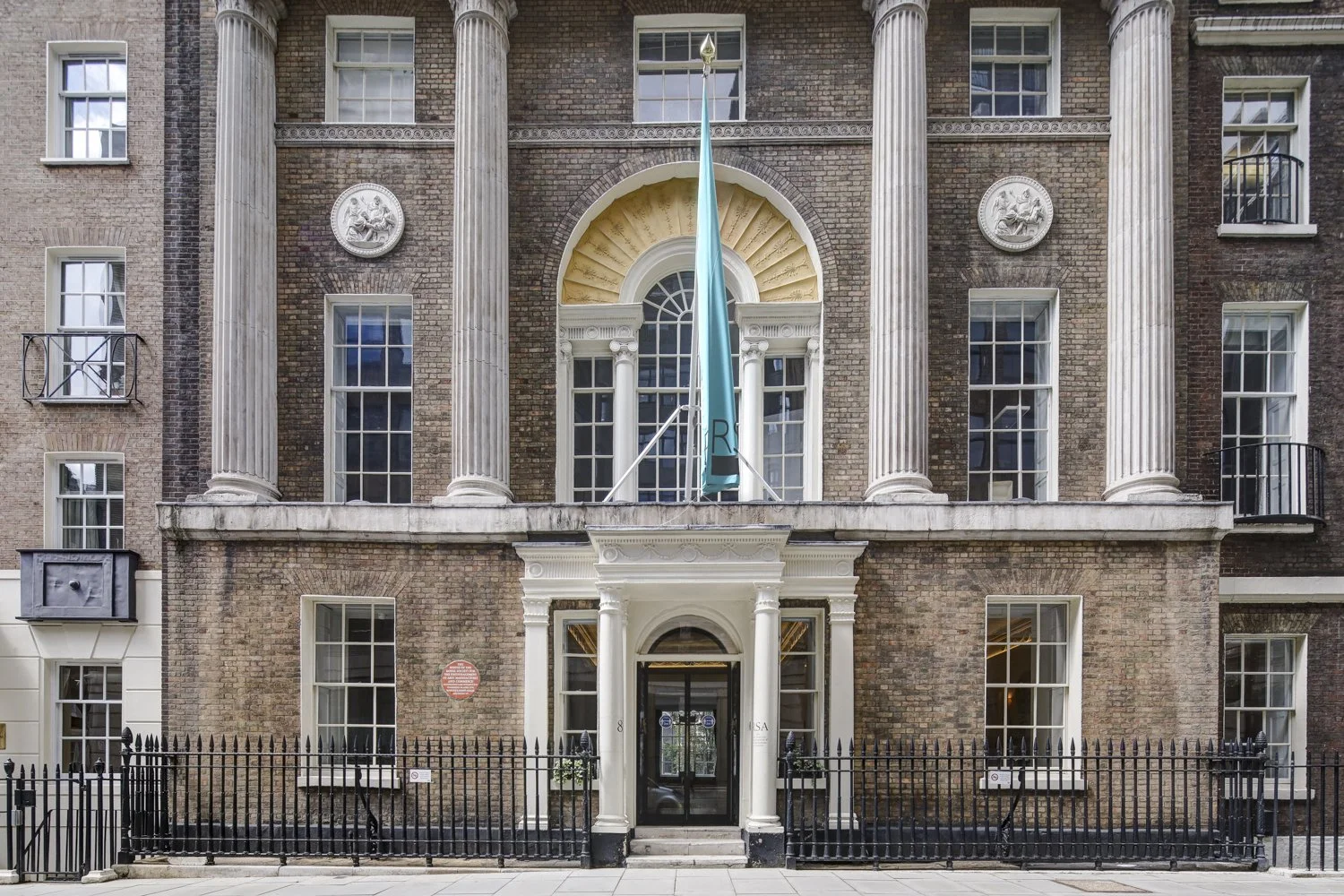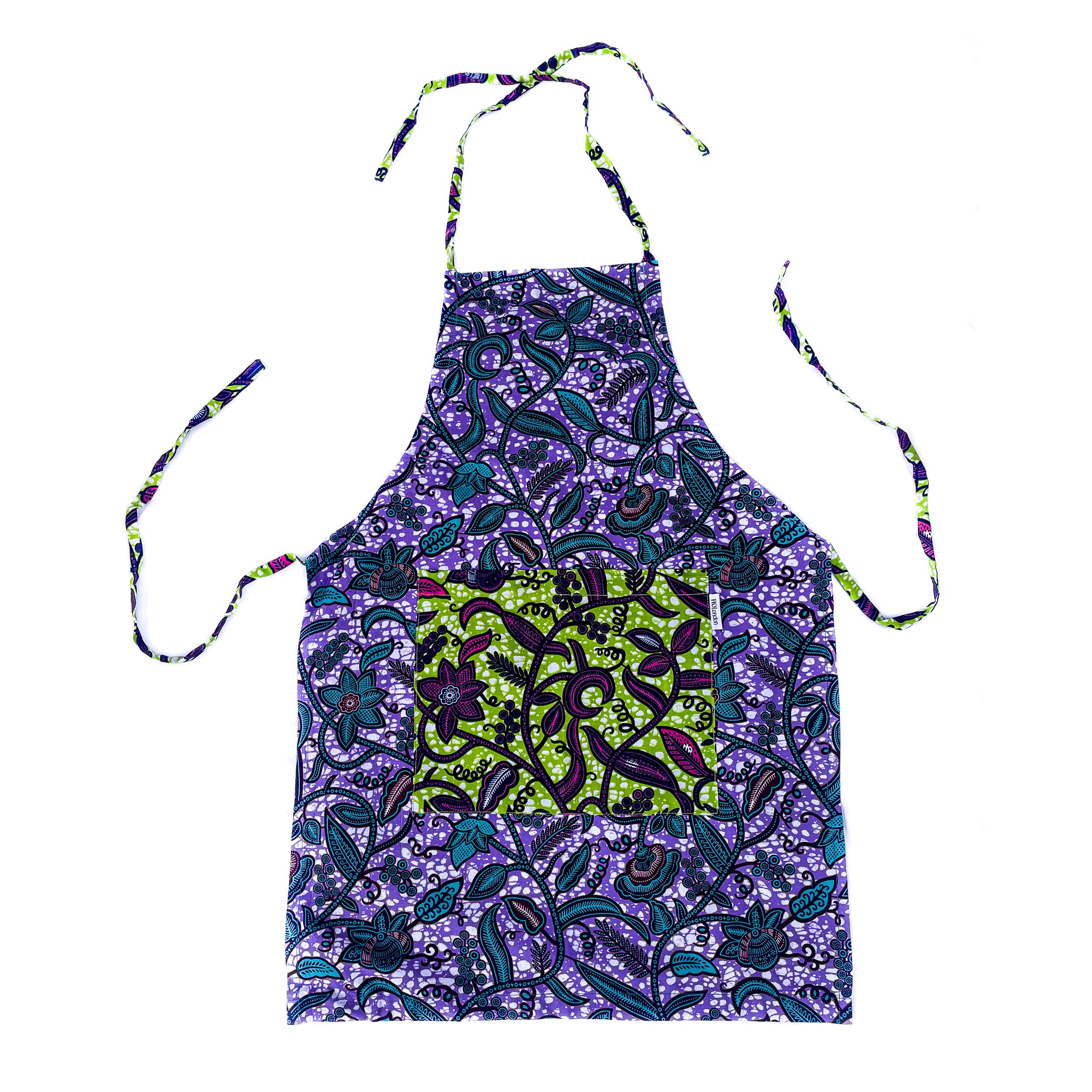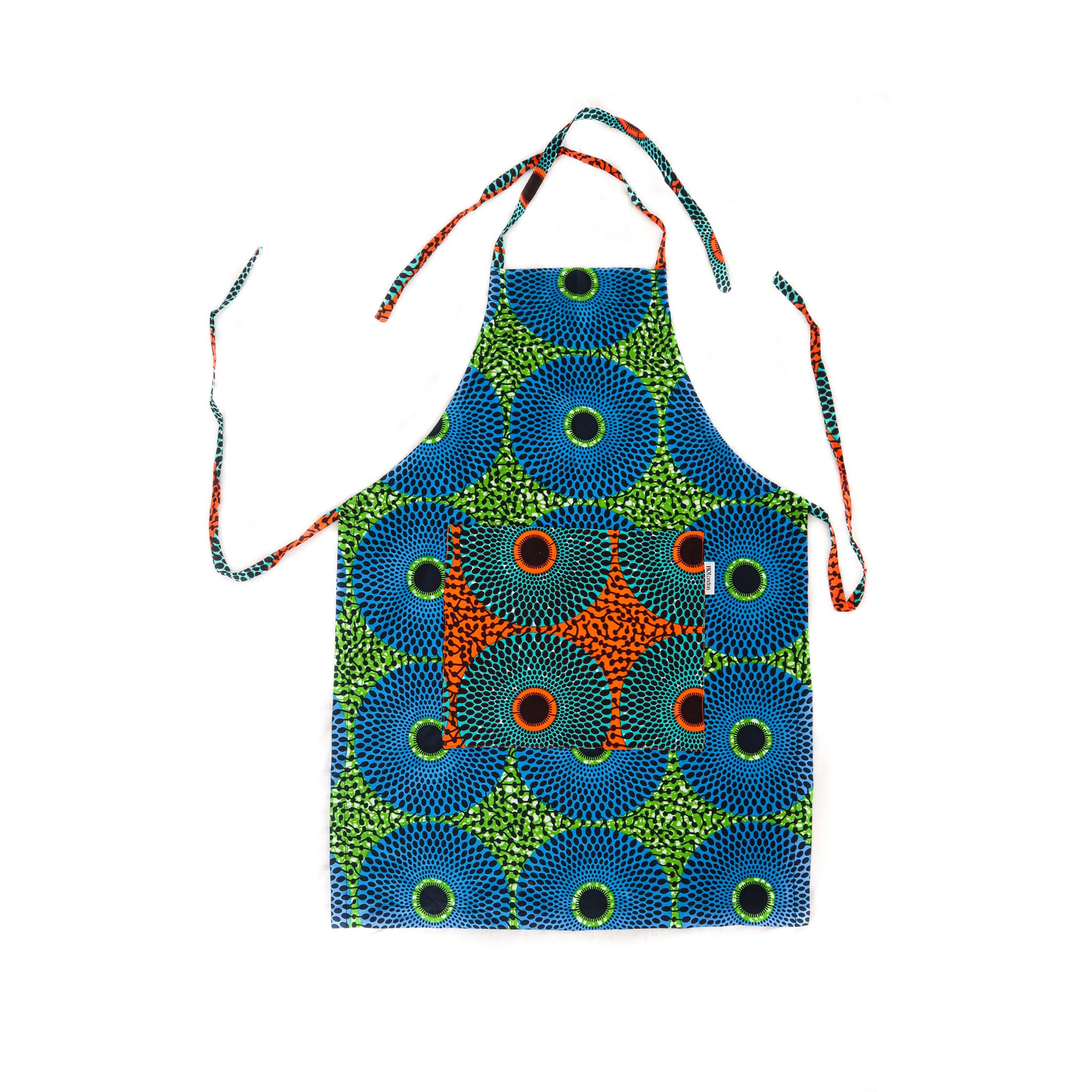The balance between art work and personal care
In today’s fast-moving world, creative people are often pulled in two directions. On one side is the drive to produce meaningful artwork and dedicate hours to their craft. On the other is the need to care for health, rest, and everyday stability. Striking a balance between artwork and personal care is not always simple, but it is essential for growth both professionally and personally.
This article looks at how artists in London and beyond can balance dedication to their craft with well-being. Just as people explore choices like non GamStop casinos UK for more freedom and control, artists also need systems that support creativity while protecting their health.
The Demands Of Creative Work
Artistic work often requires a lot of energy, focus, and emotional investment. Unlike many traditional jobs, art is not always limited to fixed hours. A painter may find themselves working late into the night to complete a piece, while a musician might rehearse until their body feels exhausted. The creative drive can be so strong that self-care becomes secondary.
This dedication is admirable, but it can also lead to burnout. Physical tiredness, mental stress, and a lack of social interaction are common challenges for people who commit fully to their art. Similar struggles are often shared online, such as burnout as a career creative, where professionals describe how constant pressure affects both health and creativity. Over time, neglecting personal health can even reduce creativity itself. When the body and mind are drained, new ideas become harder to generate.
Why Personal Care Matters For Artists
Personal care is not only about physical health; it also covers emotional balance, mental clarity, and the ability to rest. A strong personal care routine supports an artist’s productivity. This can include basic health habits, relaxation techniques, and even a consistent beauty routine that helps maintain confidence and self-esteem. By investing in proper rest, nutrition, and mental balance, artists can perform at their best for longer periods without burning out.
It is also important to remember that creativity often thrives when the mind is clear and refreshed. Taking a break, walking through the streets of London, or visiting a local gallery can inspire fresh ideas. Caring for oneself allows space for inspiration to grow naturally instead of being forced.
Balancing Work Hours And Rest
One of the hardest parts of creative life is setting boundaries between work and rest. Many artists feel guilty when they are not producing, but constant work can reduce overall quality. A structured schedule helps maintain balance. For example:
Set working hours: Treat art like a job with a clear start and finish time.
Plan rest breaks: Short pauses during the day refresh the mind and prevent fatigue.
Protect sleep: Quality rest directly affects creativity, mood, and energy.
In cities like London, where the art scene is vibrant and opportunities are constant, it is tempting to overcommit. Yet long-term success comes from balancing work with consistent rest.
The Role Of Physical Health
Creative work may not always seem physically demanding, but long hours of painting, writing, or performing can take a toll on the body. Muscular strain, back pain, or eye fatigue are common issues. Regular exercise, stretching, and mindful body care are practical ways to prevent long-term health problems.
Even something as simple as daily walks through London’s parks or along the Thames can improve both physical health and creativity. The movement clears the mind, reduces stress, and gives fresh perspectives.
Nutrition also plays an important role. Balanced meals provide the energy needed to focus on complex projects without constant fatigue. While many creatives turn to coffee or snacks when working, a balanced diet supports long-term productivity.
Mental Wellbeing and Artistic Growth
Art often comes from deep emotional places, but this can sometimes make artists vulnerable to stress, anxiety, or even depression. Personal care in the mental health space is essential. Strategies that help include:
Mindfulness practices: Meditation or deep breathing helps calm the mind.
Talking to others: Sharing challenges with peers, mentors, or therapists reduces pressure.
Setting realistic goals: Breaking large projects into smaller steps prevents feeling overwhelmed.
Mental well-being does not only protect health; it also supports artistic growth. A stable mind is more open to experimentation, risk-taking, and exploring new creative directions.
The Importance of Social Life
While art often requires long hours of solitary work, social connection is a core part of personal care. Spending time with friends, family, or fellow artists provides balance and prevents isolation. In London, creative communities and collectives offer opportunities to share work, collaborate, and feel supported.
Social life also provides inspiration. Conversations, shared experiences, and cultural events bring new perspectives that can directly influence creative projects. Making time for social interaction is not a distraction from art but a valuable part of it.
Financial Stability And Its Impact On Balance
Another aspect often overlooked in discussions about art and personal care is financial security. Many artists struggle with unpredictable income, which creates stress and reduces their ability to focus on creativity. Developing financial habits such as budgeting, planning, and diversifying income streams allows more room for both art and self-care.
When basic needs are covered, it is easier to dedicate energy to meaningful projects without constant anxiety. In a city like London, where the cost of living is high, financial planning is not optional but necessary for long-term creative growth.
Building Healthy Routines
Balancing art work and personal care requires routine. While creativity can feel spontaneous, structure often makes it easier to sustain. A healthy daily routine might include:
Morning preparation: Exercise, stretching, or a short walk before starting creative work.
Focused work periods: Blocks of time dedicated only to art, free from distractions.
Breaks and meals: Regular pauses to recharge energy.
Evening wind-down: Reading, journaling, or relaxing activities that prepare the body for rest.
These simple practices, combined with proven techniques to maintain creativity, help artists stay consistent without sacrificing their wellbeing. By repeating these habits daily, they reduce stress and create a lifestyle where art and personal wellbeing support each other instead of competing.
Technology And Its Double-Edged Role
Modern technology can both help and harm balance. On the positive side, digital tools make it easier to connect with audiences, manage projects, and share work globally. However, constant screen time and social media creators burnout show how damaging the pressure to always be online can be for personal care.
Setting limits on technology use, such as fixed times for social media, helps prevent burnout. Instead of being controlled by devices, artists can use technology as a supportive tool.
Case Study: Creative Life In London
London is one of the world’s most important cultural hubs. Artists from across the globe come here to study, work, and share their creations. The city offers endless opportunities: galleries, theatres, workshops, and networks. However, the pace is intense, and competition is high.
For London-based artists, the challenge of balancing art and personal care is especially strong. Long commutes, high living costs, and the constant push to perform can drain both physical and mental energy. At the same time, the city provides resources for balance: green spaces, healthcare services, support groups, and diverse communities.
Those who succeed in London often do so by carefully managing their routines, setting boundaries, and treating self-care as part of their professional practice.
Practical Steps To Achieve Balance
Turning balance into a daily reality requires action. Below are practical steps that artists can use to stay productive while also caring for themselves:
Define clear working hours – Treat your art schedule like a job and set limits. This prevents work from spilling into every corner of your life.
Prioritise rest and sleep – A rested body and mind are far more creative than an exhausted one. Eight hours of sleep is not wasted time; it is an investment in productivity.
Include physical activity – Daily walks, yoga, or gym sessions reduce stress and improve energy.
Maintain a balanced diet – Healthy meals provide fuel for long creative sessions. Avoid relying only on snacks or caffeine.
Practice mindfulness – Meditation, breathing exercises, or journaling reduce anxiety and sharpen focus.
Stay socially connected – Interactions with friends, family, or fellow artists give perspective and prevent isolation.
Create financial stability – Budgeting and planning reduce stress and give more mental freedom to focus on art.
Limit digital distractions – Avoid spending endless hours on social media. Use technology as a tool, not a trap.
Review progress regularly – At the end of each week, reflect on what worked and what needs adjusting in your balance between art and self-care.
By putting these steps into practice, artists can build a lifestyle where personal care and creative work support one another instead of competing. Balance is not something achieved once; it is an ongoing process that grows stronger with consistency.
Balancing art work and personal care is not about choosing one over the other. It is about recognising that both are interconnected. A strong personal foundation supports long-term artistic growth, while meaningful creative work provides purpose and fulfilment.
In London and beyond, artists who manage to protect their health, set boundaries, and care for their wellbeing often find that their work improves in quality and consistency. Art is powerful, but it thrives best when the artist behind it is also thriving.


